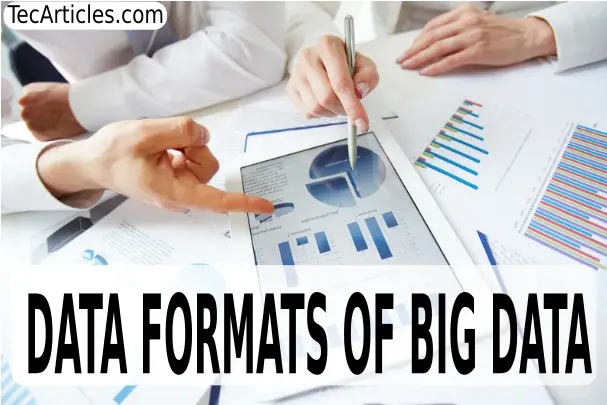Data generation will never stop. From many sources like Facebook, Twitter, Snapchat, and several others, it appears we are going to eventually outbreak the set time and storage for our data. How this data is generated can be seen as a result of the formats in which they are stored. This is what most people are often unaware of. Every day, billions of people log on to their devices and by that, enormous amount of data is generated.
At least, we update our statuses every day with a picture. Yes, that is how big data is being generated. Don’t forget that “drops of water makes mighty ocean.” So, every upload and everything we do on the internet counts in making up our data world. Come to think of it, do you ever observe the rate at which ads pops up at you when you visit websites, do you also think of the amount of products images and videos that e-marketers upload on the internet for you to see. What about bloggers and freelancing platforms – the number of time information is shared among and between customers? What about crypto-currency platforms, all those figures and estimation involve big data and they are part of what we are generating making our big data universe.
However, while we are busy about how bigger data is becoming, think of what our data looks like. the way big data looks is tantamount to the storage process. Now, we ask; what are types of big data?
Structured data
Structured data is most associated with our traditional data world. This is the most common data classification two decades ago. What makes structured data fascinating is that storage is well organized. You can relate with it easily in the database. You would understand that to extract information, it is very quick due to its arrangements and organization in general.
Tradition data is structured. It is more like a machine language of a computer. The computer can only relate with it and not any other form. Structured data is arranged neatly and stored in a designated storage file. It works like someone collecting data using questionnaire or using a spreadsheet. With this, every information tallies with subsequent ones on the spreadsheet.
Unstructured data
An astonishing fact about big data is that it works mostly with unstructured data which is about 80%. Unstructured data is rough, can be tough to deal with sometimes. Considering the fact that we are working with about only 3% of world data, if 80% is unstructured, how much rough data would we have to deal with if we are using 50%. These types of data are unique in their ways as they do not have a standard storage or accessibility formats.
It is a conglomerate of text, video, images, voice texts, audio clips and more. Most times, we communicate using slangs, codes, symbols etc., these are stored and accessed differently in the database.
Semi-structured data
I am sure you would be wondering what a semi-structured data looks like. Well, data guru would understand this concept. For the record, your emails or XML files – yahoo mail etc., are examples of unstructured data. When they are sent and received, the database doesn’t record them as structured or unstructured data, rather, their computer language recognition is semi-structured data, as they often contain dates, time etc.
Before big data arrived, these types of data are not realizable in terms of computing, accessibility and storage. Now that we have big data analytics with us, enormous data size in different formats can be generated, collected, analyzed and interpreted using software that have been created to make reasonable meanings.

